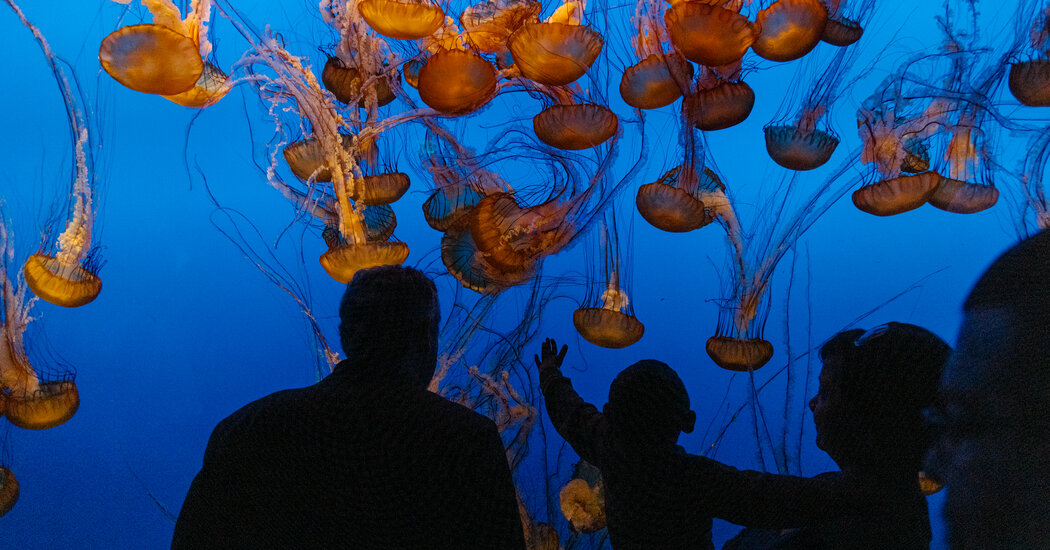
My first view of Monterey Bay on California’s Central Coast was thrilling — a raft of 40-something sea otters — and free. The next time I would get close to them, at the Monterey Bay Aquarium, it cost nearly $60. That split between free access to outdoor wonders and investment-grade attractions epitomized my experience in the area.
Like so much of coastal California, the Monterey Peninsula, home to famous Pebble Beach golf courses and exclusive towns like Carmel-by-the-Sea (known simply as Carmel), connotes wealth. It is encompassed by Monterey County, a roughly 3,300-square-mile area, which includes Big Sur, where accommodations at luxury resorts like the Post Ranch Inn start at around $1,500 a night.
With a budget of less than half of that for three days, I put Monterey — the town and the county — to the frugal test. In January, a quiet and thrifty time of year, I trusted parks and preserves, unsung hotels and small businesses to keep things economical, even if sampling the variety of Monterey — ranging from historic cities to redwood forests, tide pools and vineyards — required renting a car ($175).
My introduction to Monterey, John Steinbeck’s 1945 classic novel “Cannery Row,” describes its waterfront lined in sardine canneries as “a poem, a stink, a grating noise, a quality of light, a tone, a habit, a nostalgia, a dream.” It’s hard to find that gritty romance along today’s Cannery Row, which boomed in the 1930s and ’40s, before overfishing killed supply.





